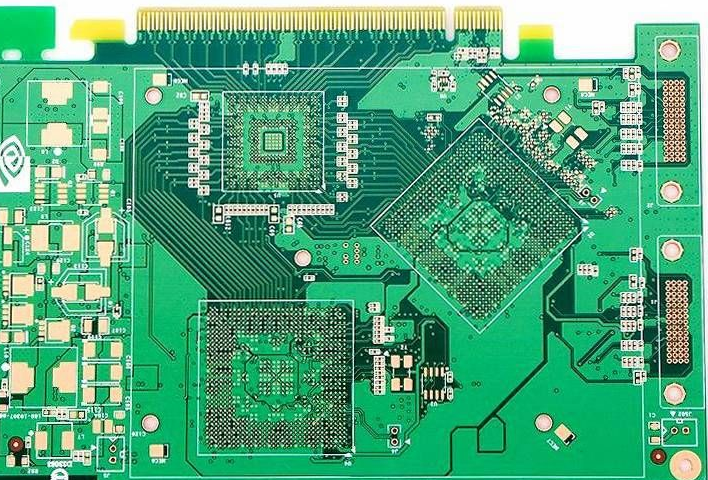Radio amateurs have recently acquired another method of providing uninterrupted radio coverage around the world. Now, with new geostationary satellites, one-third of the earth can be reliably covered with a single hop. Because the receiving frequency is different from the frequency of the radio signal reflected from the ionosphere, in order to get in touch with the satellite, special equipment must be used. The new software-defined radio (SDR) has multiple advantages for radio transceiver applications, such as flexible reconfiguration capabilities and the ability to quickly observe the entire target frequency band.
satellite
The Es’hail-2 communications satellite launched by Qatar Satellite Company Es’hailSat in 2018 has been in a geostationary orbit over Central Africa with a working altitude of 36,000 kilometers.
Es’hailSat collaborated with the global non-profit organization Amateur Radio Satellite Company (AMSAT) to launch a new technology development for the Qatar Amateur Radio Association (QARS), a national non-profit organization for amateur radio enthusiasts. Through this cooperation, the Es’hail-2 satellite can be equipped with two dedicated transponders, thus realizing single-hop real-time synchronous communication connecting amateur radio users in the visible area.
From the perspective of the earth, the position of a satellite in a geosynchronous orbit is unchanged. Although the antenna does not have to be moved to connect them, the long distance of 36,000 kilometers presents new challenges in terms of free space power loss, antenna pointing accuracy, and delay-from one ground transmitter to the satellite, and then back to another ground transmission. Machine, it takes about 250 milliseconds.
The previous communication process of amateur radio enthusiasts was achieved through analog down-converters and up-converters, which convert the received and transmitted signals to the amateur radio frequency band where the transceiver works. The uplink and downlink frequencies used by satellites sometimes exceed the capabilities of the transceiver. Es’hail-2 has two transponders: one for narrowband transmission and one for broadband transmission. In this section, we will discuss narrowband transponders. Because on this transponder, the available bandwidth is only 250kHz, in order to accommodate multiple channels, appropriate modulation techniques need to be used. The most commonly used analog modulation types are continuous wave (CW) or single sideband (SSB).
The uplink is at 2.4 GHz with circular polarization on the right, and the downlink is at 10.45 GHz with horizontal or vertical polarization. Radio amateurs, as licensed radio operators, have the right to use sufficient power and high-gain antennas for satellite communications in the 2.4GHz frequency band (2300 MHz to 2310 MHz and 2390 MHz to 2450 MHz).
Innovative SDR method

The changes brought about by the introduction of various variants of SDR have also affected the field of amateur radio. One of the advantages of SDR is that its performance will not decrease over time. Another advantage is that the performance that would otherwise require the use of expensive analog radio components (such as mixers or filters) can be obtained by replacing other components ( Such as analog-to-digital converter (ADC) and DSP) and other more cost-effective ways to obtain the same performance. Integrating multiple modules (such as image rejection mixers, oscillators, and ADCs) in the same silicon device makes the new receiver architecture feasible. For example, the AD9363/AD9364 (Figure 1) RF agile transceiver combines all RF front-ends, mixed-signal, and digital modules in a single device for simultaneous reception and transmission. When paired with an FPGA that manages data flow, the only elements needed to build a complete base station are the antenna, power amplifier, and software algorithms running on the computer.
SDR Satellite Radio
As we all know, amateur radio enthusiasts like to build their own hardware and reuse existing equipment to meet their own needs. For receiving antennas and downconverters, the most affordable alternatives are ordinary satellite antennas and PCB low-noise modules (LNB) for commercial satellite TV. The LNB includes a waveguide and a down-converter to down-convert the 10.45GHz signal to less than 1GHz, which belongs to the receivable frequency range of SDR. Narrowband modulation types such as CW (tens of Hz) or SSB (less than 3 kHz) require highly stable local oscillators to avoid continuous retuning, which is not so important in broadband modulation types used in broadcast television (several MHz), etc. .
Since the uplink frequency is within the WLAN 2.4GHz frequency range, licensed operators can reuse existing WLAN equipment, such as power amplifiers and high-gain antennas. The output power of ADALM-PLUTO is about 5dBm, which is not enough to drive a power amplifier with an output power of several watts. The CN-0417 reference design based on the ADL5606 20dB power amplifier and powered by the LTM8045 SEPIC mini-module converter can generate enough power gain to overcome this limitation. Figure 3 shows how to arrange the communication station. Communication stations can also be quickly deployed on site to support emergency communications.